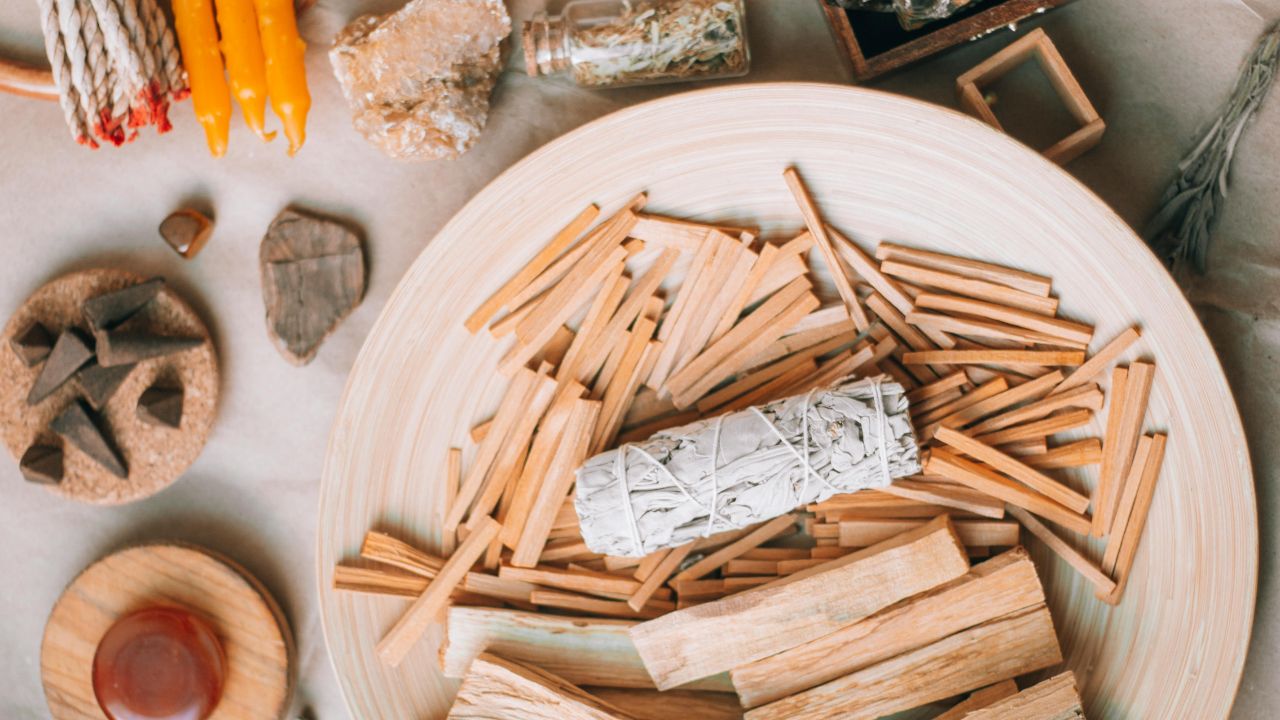Incense sticks have served religious, meditation, and relaxation rituals. Users who produce handmade incense have the ability to create their own customized fragrance scents through natural materials. The handmade incense stick manufacturing process starts with material choice followed by substance blending and ends with mixture application to bamboo sticks before reaching complete dryness. Learning how to make incense sticks allows for the creation of personalized scents using natural ingredients.
Selecting the Materials
The initial phase of incense stick manufacturing demands obtaining every necessary raw material. The bamboo sticks operate as structural supports for the incense mixture throughout the entire construction. Makko powder serves as a binder. It allows the mixture to adhere to bamboo sticks. The essential components of incense scents include essential oils, powdered herbs, and natural resins. The materials combine with water or natural solvent into a homogeneous paste before technicians apply them to bamboo sticks. Natural, high-quality materials in incense production result in better cleanliness alongside superior fragrance output.
Preparing the Incense Mixture
The initial step after material collection involves preparing the incense mixture. A mixing bowl contains the powdered herbs together with resins and binding agents. Essential oils improve the scent profile by enabling diverse fragrance combinations. The mixture requires water addition in small amounts until it reaches a thick paste consistency. A paste should have a smooth consistency which sticks lightly to bamboo sticks for proper adherence. The proper mixture of the paste remains essential as it distributes fragrance evenly through the entire substance. Additional water should be added to dry mixtures, but extra powder is needed when the mixture becomes too wet.
Coating the Bamboo Sticks
The prepared incense mixture serves to coat the bamboo sticks for their burning surface. The process requires careful rolling of each stick through the paste or dipping them into the mixture for uniform coating. The manual rolling method produces consistent paste thickness, which creates smooth incense burning without excess smoke. The coating procedure needs exact handling to prevent paste clumping or any uneven distribution of material. The coated sticks need gentle manipulation to eliminate additional mixtures while maintaining uniformity. The outcome of incense burning depends heavily on the successful completion of this vital step.
Drying the Incense Sticks
Incense sticks need suitable drying time before they can be used after the coating process. Adequate ventilation alongside sun protection must exist in the drying area to stop both cracking and uneven drying of incense sticks. Incense sticks require three to seven days for drying according to the current environmental humidity levels. The incense sticks need to dry completely to prevent both incorrect burning and smoke formation. The incense sticks need proper drying before storage in an airtight container to preserve their scent.
Using Handmade Incense Sticks
The dried incense sticks achieve usability status when their drying process ends. Natural burning of these incense sticks generates aromatic scents that provide relaxation during spiritual activities and meditation. Users who make their own incense sticks gain the ability to customize scent profiles during production, which leads to personal fragrance experiences. The natural components used in homemade incense burn cleaner than commercial incense because they exclude the synthetic additives that commercial products contain. Incense sticks will maintain their fresh scent longer when users store them properly in dry and cool conditions.
Conclusion
Users can select their desired scents during homemade incense stick production through natural material usage for an outcome they will find satisfying. The creation of high-quality incense that improves any space requires proper ingredient selection, mixture preparation, and stick coating, along with sufficient drying time. The process of making incense sticks develops into a meditative practice as long as you remain patient while paying attention to each detail.

